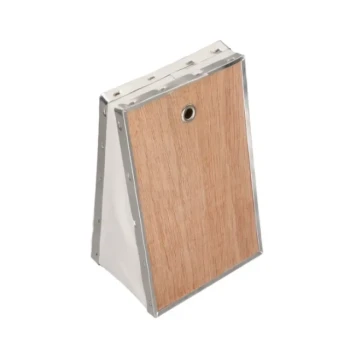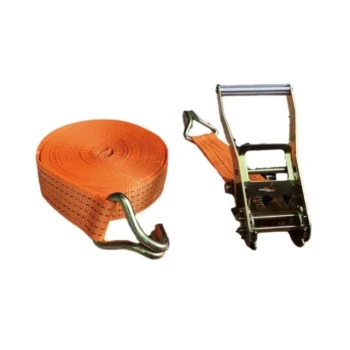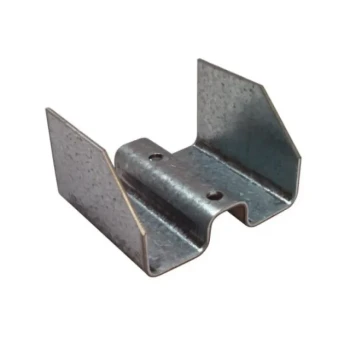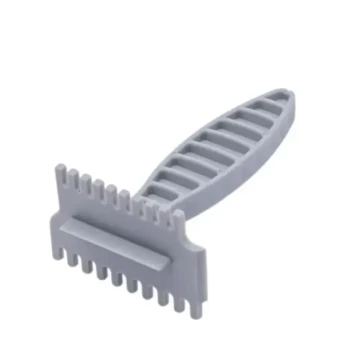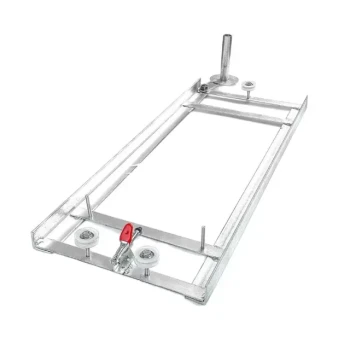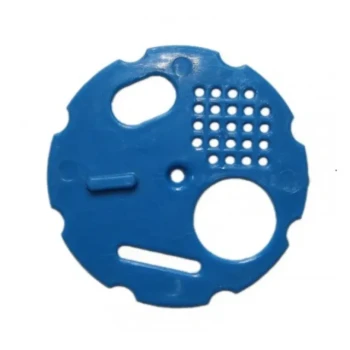In beekeeping, the longevity of your gear is directly tied to a consistent maintenance routine. Extending the life of your equipment relies on three core practices: regular cleaning to remove contaminants and pheromones, diligent inspection for any signs of wear that could compromise safety, and proper off-season storage to protect it from pests and environmental damage.
Your beekeeping gear is more than just equipment; it's your primary line of defense and a critical tool for managing hive health. Proactive maintenance is not about saving a few dollars—it's a fundamental practice for ensuring your personal safety and preventing the spread of disease within your apiary.
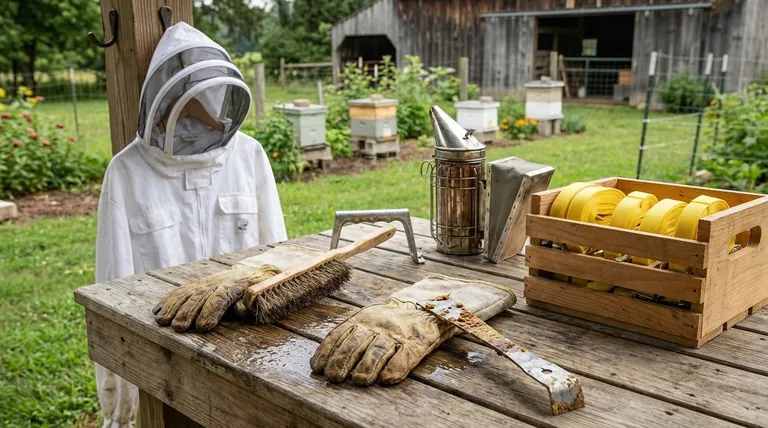
The Pillars of Effective Gear Maintenance
A systematic approach to gear care ensures nothing is overlooked. By focusing on cleaning, inspection, and storage, you create a protective cycle that benefits you and your bees.
Pillar 1: Consistent Cleaning and Sanitization
Your gear accumulates propolis, wax, and alarm pheromones during every inspection. Regular cleaning is not just for appearance; it's a functional necessity.
An unwashed bee suit can carry alarm pheromones from a previous inspection, which can make a colony more defensive on your next visit. Washing your suit removes these chemical triggers.
Hive tools and smokers should also be cleaned. Scraping off propolis and wax prevents the potential transfer of pathogens, like foulbrood spores, between hives.
Pillar 2: Diligent Inspection for Weak Points
Before and after every use, conduct a quick but thorough inspection of your personal protective equipment. You are looking for any potential entry point for a bee.
Check the seams of your suit and the mesh of your veil for any rips, tears, or fraying. Pay special attention to the zippers and elastic cuffs, as these are common failure points.
For your gloves, look for worn-out fingertips or embedded stingers. A single forgotten stinger can continue to release alarm pheromone, agitating bees long after it was deployed.
Pillar 3: Strategic Off-Season Storage
How you store your gear when it's not in use is just as important as how you clean it. Improper storage can lead to rapid degradation.
All equipment must be stored in a cool, dry, and dark place. Sunlight degrades fabrics and plastics, while moisture can lead to mold and mildew, which can weaken materials and be harmful to bees.
Protect your gear from pests. Mice will chew through veils and suits to make nests, and wax moths can destroy stored frames and woodenware if not protected. Sealing equipment in pest-proof containers is essential.
Understanding the Trade-offs: Repair vs. Replace
Knowing when to patch a hole versus buying new equipment is a key judgment call for every beekeeper. The decision should always prioritize safety.
When to Repair
Small rips in the body of a bee suit, away from critical seams or zippers, can often be patched effectively. Ensure the patch is securely sewn on and creates a complete seal. A solid repair is far better than a known weak spot.
When to Replace
Always replace a damaged veil. Your face and eyes are too vulnerable, and a compromised veil is an unacceptable risk. Any tear, no matter how small, warrants immediate replacement.
Similarly, gloves that have holes, significant thinning, or are stiff with propolis should be replaced. Lost dexterity and compromised protection are not worth the risk of multiple stings to the hands.
Making the Right Choice for Your Apiary
Your maintenance strategy should align with your primary goals as a beekeeper, whether they are centered on budget, safety, or hive productivity.
- If your primary focus is safety: Never compromise on your veil or gloves; replace them at the first sign of significant wear.
- If your primary focus is hive health: Implement a strict protocol for sanitizing your hive tool and smoker between every single hive inspection.
- If your primary focus is budget: Invest in high-quality, durable gear from the start and master the skill of making robust repairs to non-critical items like the legs or arms of your suit.
Ultimately, viewing gear maintenance as an integral part of beekeeping, rather than a chore, will enhance your safety, protect your investment, and contribute to the well-being of your colonies.
Summary Table:
| Maintenance Pillar | Key Action | Why It Matters |
|---|---|---|
| Cleaning | Remove propolis, wax, and pheromones after use. | Prevents disease transfer and calmer bee behavior. |
| Inspection | Check for rips, tears, and weak points before/after use. | Identifies safety risks and prevents bee stings. |
| Storage | Keep in a cool, dry, dark place, protected from pests. | Prevents material degradation from sun, moisture, and pests. |
Protect your apiary investment with durable, professional-grade equipment from HONESTBEE. We supply commercial apiaries and distributors with high-quality beekeeping supplies built to withstand rigorous use. Our wholesale-focused operations ensure you get the reliable gear you need to maintain hive health and beekeeper safety efficiently. Contact HONESTBEE today to discuss your equipment needs and wholesale pricing.
Visual Guide
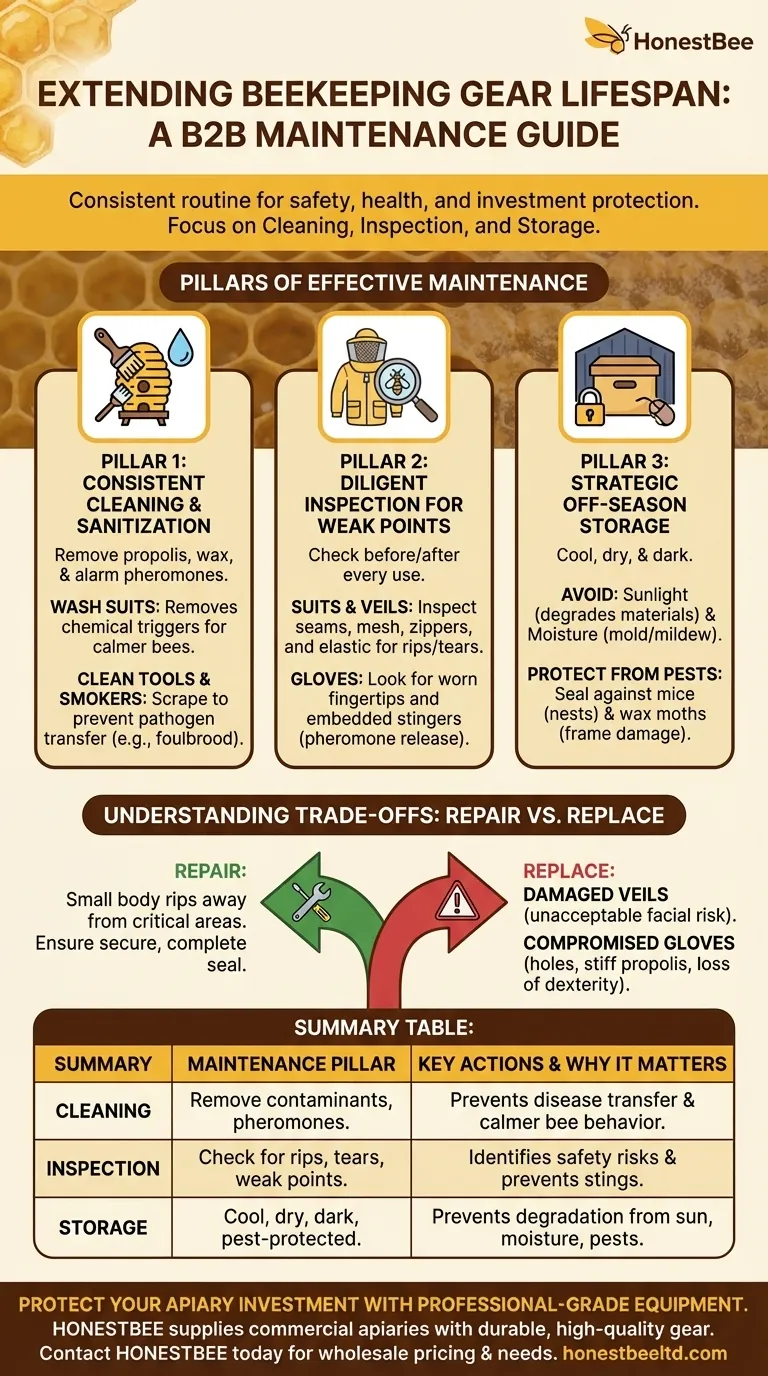
Related Products
- Professional Galvanized Hive Strap with Secure Locking Buckle for Beekeeping
- Mesh Ventilated 3 Layer Goatskin Beekeepers Gloves for Beekeeping
- Versatile Ratchet Hive Strap with S-Hooks for Secure Fastening
- Automatic Honey Flow Beehive 4 Frame Mini Hive for Beekeeping
- Professional Long-Handled Silicone Honey Scraper for Beekeeping
People Also Ask
- What is the best length for straps used around beehives? Why 12 Feet is the Industry Standard
- How should a cam buckle strap be installed for optimal performance? Master the Leverage for Maximum Tension
- What are hive straps and why are they used? Secure Your Hives Against Wind, Predators, and Transport
- What is the advantage of using cam buckle straps? Secure Your Load Fast with Simple, Safe Tensioning
- What are the two styles of hive straps? Choose the Right Strap for Your Hive Security





